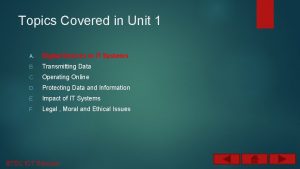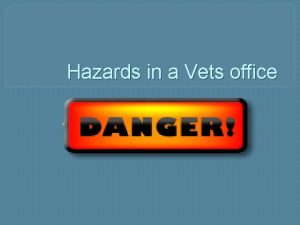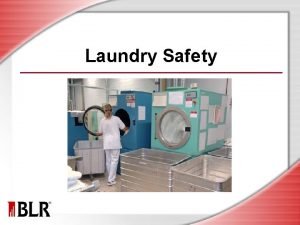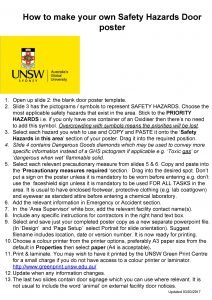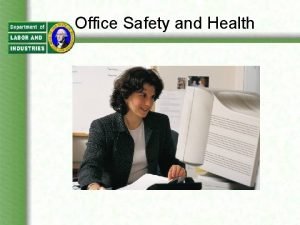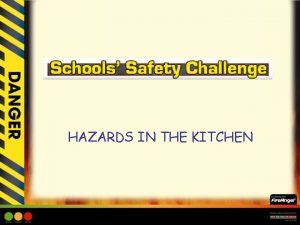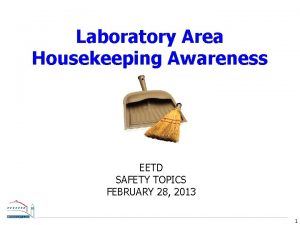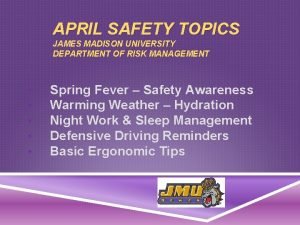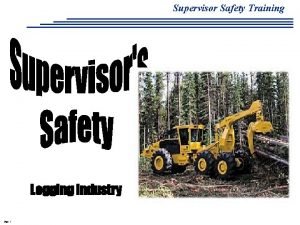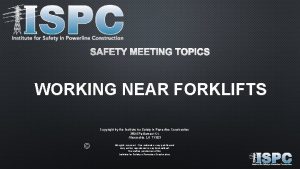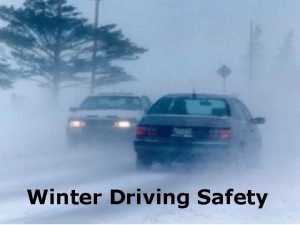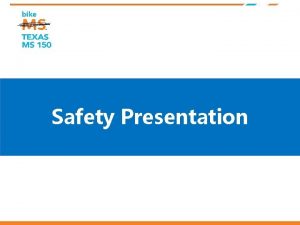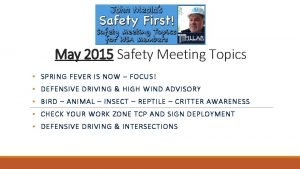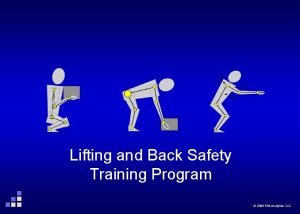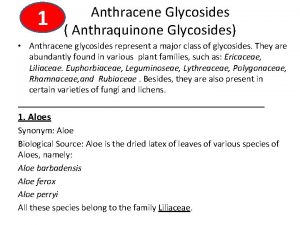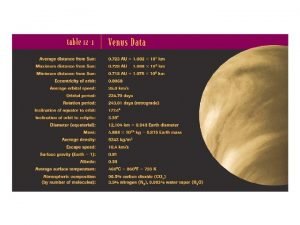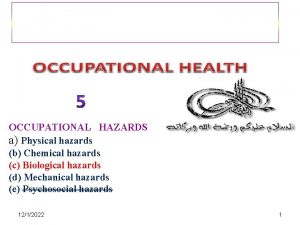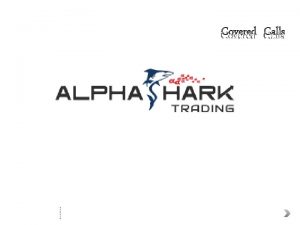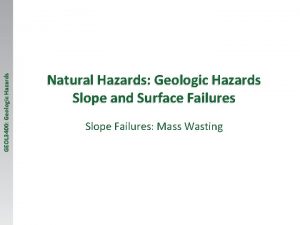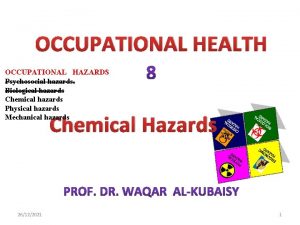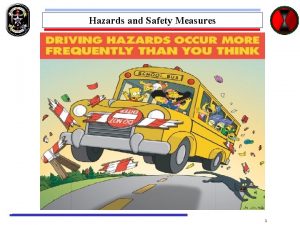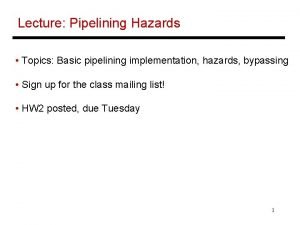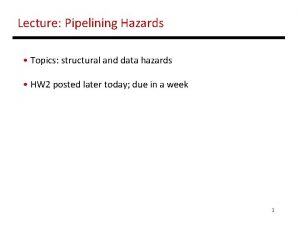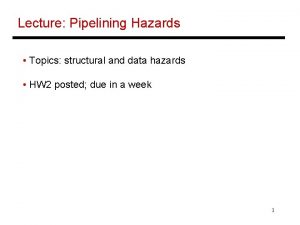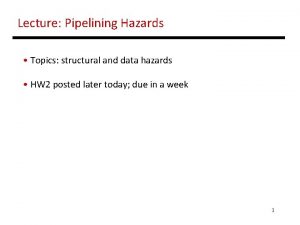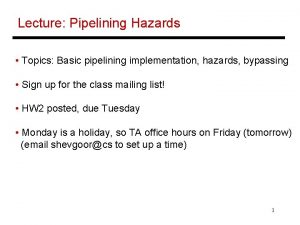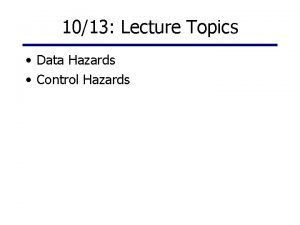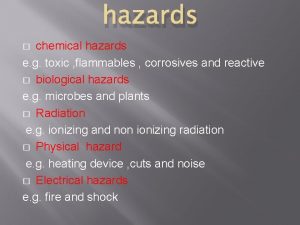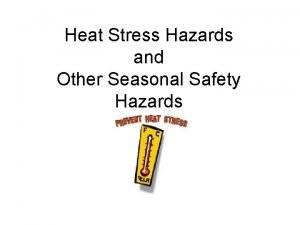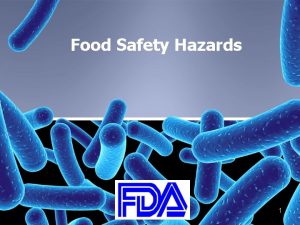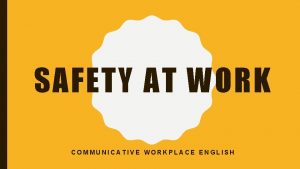Safety Topics covered under Safety Chemical Hazards Chemical



















- Slides: 19

Safety

Topics covered under Safety • Chemical Hazards • Chemical Exposure • Understanding Laboratory Equipment

Chemical Hazards • • Corrosives Asphyxiants Oxidizers Alkalis

Chemical Exposure • • Inhalation Ingestion Injection Absorption

Chemical Exposure

How can you avoid exposure?

How can you avoid exposure? • • Hands? Eyes? Clothes? Face?

How can you avoid exposure? • Procedurally – Use small amounts of chemicals – Follow directions exactly – Make sure equipment is not broken – Be aware of NFPA diamond information – Look up information on MSDS

What if you are exposed to chemicals?

What if you are exposed to chemicals? • • • Hands? Eyes? Whole body? Ingested? Inhaled?

Shower and Eyewash • http: //www. youtube. com/watch? v=7 f. Z 3 sle 8 o 9 k

Prevention is better than cure • OSHA – Occupational Safety and Health Administration • NFPA diamond • MSDS – Material Safety Data Sheets

Reading a NFPA diamond • Blue is for level of Health Hazard • Red is for level of Flammability • Yellow is for level of Chemical Reactivity • White is for special codes for unique hazards

Reading a NFPA diamond • The blue, red and yellow portions will rate he hazard from 0 to 4 with 4 being the most dangerous. • The white “special notification” symbols include OX for oxidizer, W to symbolize an unusual or dangerous reaction with water or SA to signify Simple Asphyxiant gas

Which would be more dangerous?

Laboratory Equipment

Laboratory Equipment

Laboratory Equipment

Laboratory Equipment
 What topics will be covered in this unit
What topics will be covered in this unit Physical hazards in a veterinary clinic
Physical hazards in a veterinary clinic Laundry objectives
Laundry objectives Hazard door
Hazard door Hazards in office
Hazards in office Kitchen hazards picture
Kitchen hazards picture Housekeeping awareness
Housekeeping awareness Hand safety topics
Hand safety topics Bondservants motorcycle
Bondservants motorcycle August safety topics
August safety topics Safety images
Safety images Forklift safety meeting topics
Forklift safety meeting topics Winter driving safety topics
Winter driving safety topics Safety moment presentation
Safety moment presentation Spring safety topics for meetings
Spring safety topics for meetings Safety awareness topics
Safety awareness topics Anthracene glycosides
Anthracene glycosides Whats the surface of venus
Whats the surface of venus Distance travelled per unit of time.
Distance travelled per unit of time. Risk management activities in software engineering
Risk management activities in software engineering
